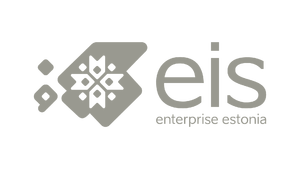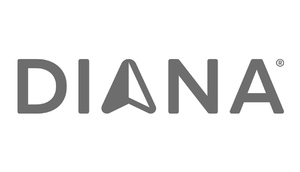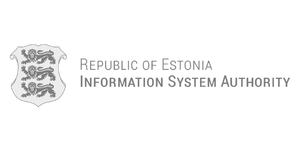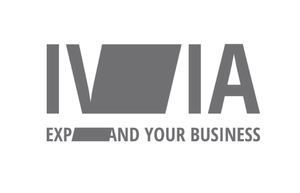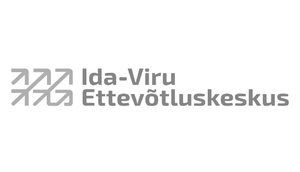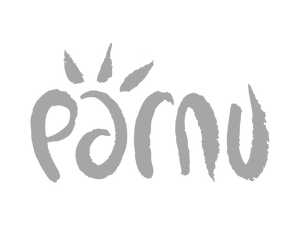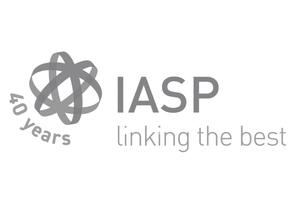22.03.2018
Patients’ better health begins with their activities
In the seminar ‘How to engage and empower patients?’ held at Tehnopol in Tallinn, the presenters and the panel participants considered that it is necessary to boost both the patient and the health care professional to achieve the best results. User-friendly IT tools, smoother interpersonal communication and better health literacy are suitable for this purpose.
The first speaker, Dr Rami Cohen from Telesofia, showed how it is possible, with the use of modern video technology, to personalise the treatment process for the patient and improve his or her knowledge of the condition. “A video illustrates, involves the patient and is easy to understand,” said Cohen. In his practical example, he mentioned a video where a nurse, treating a patient, pointed out accurately how, where and in what amount of insulin must be injected. To edit videos, share reminders and collect feedback from a patient, they have created a separate information technology platform that is easy to use by a healthcare provider.
Jim Philips, an expert at the National Health Service (NHS) in England, confirmed that innovative solutions for more widely across the patients, their families and the community would save millions. According to Phillips, the NHS defines self-management as a concept that covers all activities so that people could recognise, treat, and deal with their health issues. They can carry out activities independently or in cooperation with the healthcare system. Philips added that concurrent illnesses are becoming the norm. It is believed that by 2018, the number of patients in England with three or more diseases will increase from 1.9 million to 2.9 million. The NHS could estimably save 4.4 billion pounds a year when introducing innovative solutions to the patients, their families and the community in a broader context.
According to Ain Aaviksoo, the deputy secretary-general for E-services and Innovation at the Ministry of Social Affairs, a patient is becoming an increasingly demanding client who, in addition to treatment, also wants to live for a long time healthy and happily. His expects the healthcare system to work as efficiently as any other service in a private sector. All this presents a major challenge to the healthcare provider in both collecting and processing data, as well as supervising a patient. “The healthcare system itself must be built in a patient-centred way,” said Aaviksoo. In addition to improving health-related literacy, we must fight the myths and misconceptions that are spreading through the Internet with Dr ‘Google’.
Presenter Dee O’Sullivan works at a company that collects all of the mobile applications that have been approved by both the patients and the professional associations of doctors. “In today’s frustrating world, patients, in particular, need to be sure that the provider is validated and trustworthy with their data, that they are constantly engaged in both the product development and the integration of various platforms. Today, there are about a zillion health-related mobile applications on the market. We help to choose the reliable ones,” added O’Sullivan. Applications that have passed quality control are available at www.myhealthapps.net.
O’Sullivan highlighted a patient association study, which revealed that only a third of the patients rely on applications by pharmaceutical companies. The application by patient associations are trusted the most; doctor associations take the second place. Quality, accuracy, relevance and reliability – these are important for a patient in the health application. Patients also pay great attention to data protection and privacy. Sustainability is also essential – who should pay for the application development?
According to Sullivan, the current trend is that the patients pay for the applications themselves, however, as the applications are becoming more complex, they can be ‘prescribed’ and thus, reimbursed. Applications are no longer products but services, the use of which needs to be taught and guided.
Elin Haf Davies is developing one such application that helps a patient and a doctor, by recalling the medication intake interval, collecting health records, keeping a calendar of medical visits and sharing lifestyle improvement suggestions. Additionally, the application is linkable to other external devices, such as a pulse watch and a pedometer, and most importantly – it provides a physician with a simple and clear review of the progress of the patient’s health.
According to Anneli Habicht, the managing director of the Estonian Chamber of Disabled People, the overall picture of patient involvement in the treatment process and decisions is much better than it was, for example, ten years ago. “The society has developed, and the patients are more aware of their role and responsibility in the treatment process and decisions; however, inclusion is very uneven,” she says, adding that younger people and people who are more educated, fluent in speaking national language, and people who are living in centres, are better suited as patients. “Nowadays, people’s health-related literacy is closely linked to digital literacy – people who know how to find information on the Internet, and critically analyse it, also know how to do it with health-related information,” said Habicht. “The vast majority of patients need to ‘translate’ health information in the language they understand. It means less medical terms, simply explained options and duplicated oral information in plain written language,” said Habicht about the inclusion of patients.
According to Juulius Juurmaa, a doctor-resident who participated in the panel discussion, the empowerment of a patient starts from the strength of the physician. Estonian doctors specialise early and are strong in their speciality; however, there is a lack of common basic medical practice for all – although the volume of internship in the curricula has been increased, the remaining clinical education is emphatically theoretical and speciality centred. “An Estonian physician, anyhow a physician working in a hospital, is a small overloaded detail in a large mechanism. In this situation, it’s intuitive to take responsibility for own work and not for a patient. So not much does come out of the patient-centred care,” said Juurmaa. According to Juurmaa, progress has been made in teaching the communication, a subject closely related to the topic: “In the renewed learning outcomes, we formulated the communication with a patient unambiguously, and the Institute of Family Medicine and Public Health on its initiative developed the evidence-based content behind it”. Juurmaa also emphasised the fact that the technology aims at releasing a specialist’s time for human communication.
Patients want to be involved and take responsibility
In the discussion panel, Jim Phillips, an expert at the National Health Service (NHS) in England, confirmed that the patients are beginning to make more choices in healthcare; however, the steps are small. People just do not know how to want or ask for new services. Conscious and demanding patients, who are highly literate related to medicine, want to be involved in the treatment process, and thus take on greater responsibility for their health and manage their illnesses better. It, in turn, helps to increase health care costs wherever it is essential.
Empowering patients also means explaining to patients that it is about their health and their choices. In this regard, Phillips highlighted the need for informed choices: “We need to move in the direction where people have choices and, at the same time, the options to make an ‘informed choice’. We must overcome the fact that the state wants to control everything (e.g. taxed sweetened drinks). Do people have the option to make own choices here?”
The seminar ‘How to engage and empower patients?’ was held in Tallinn on March 13.



